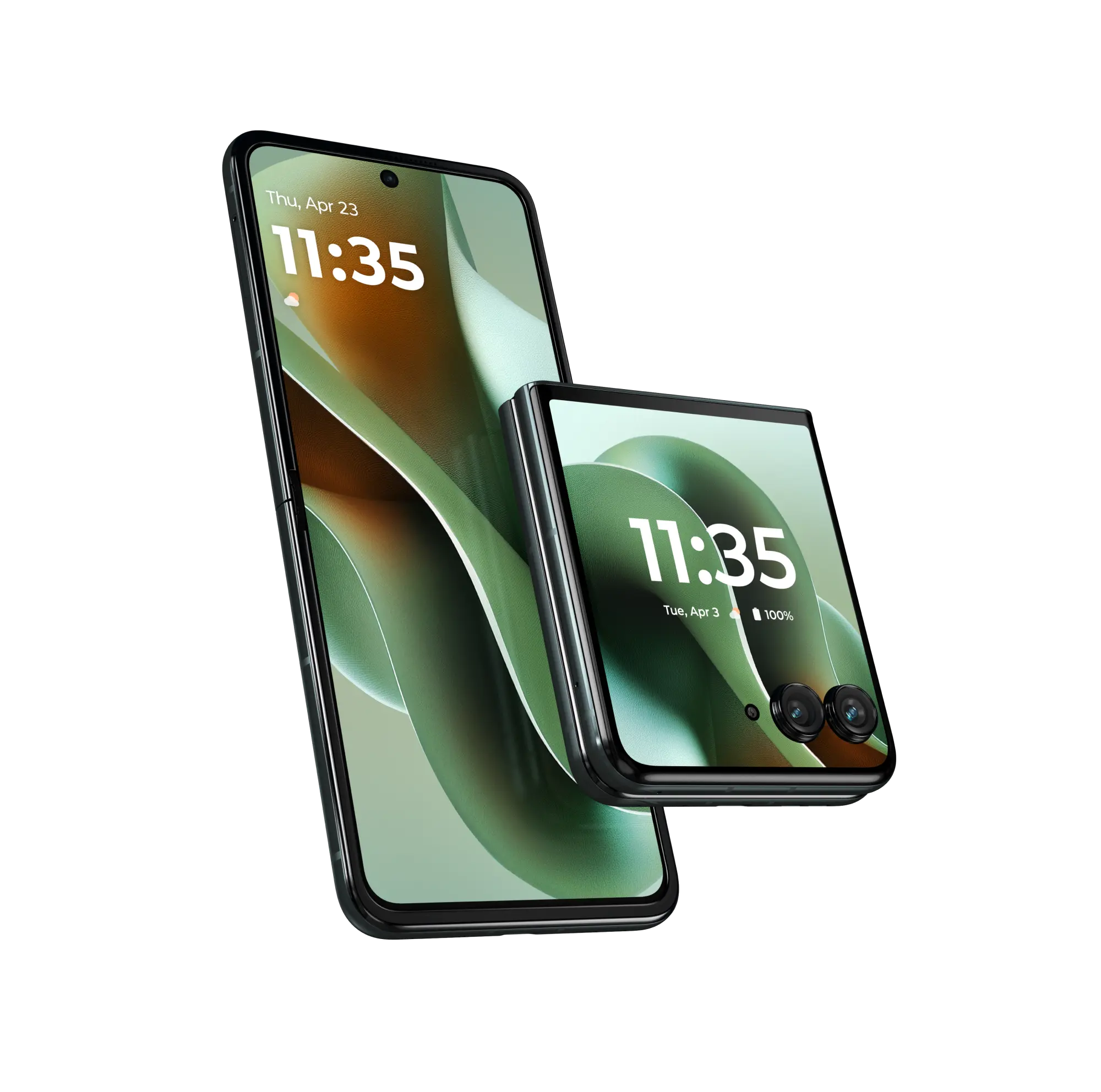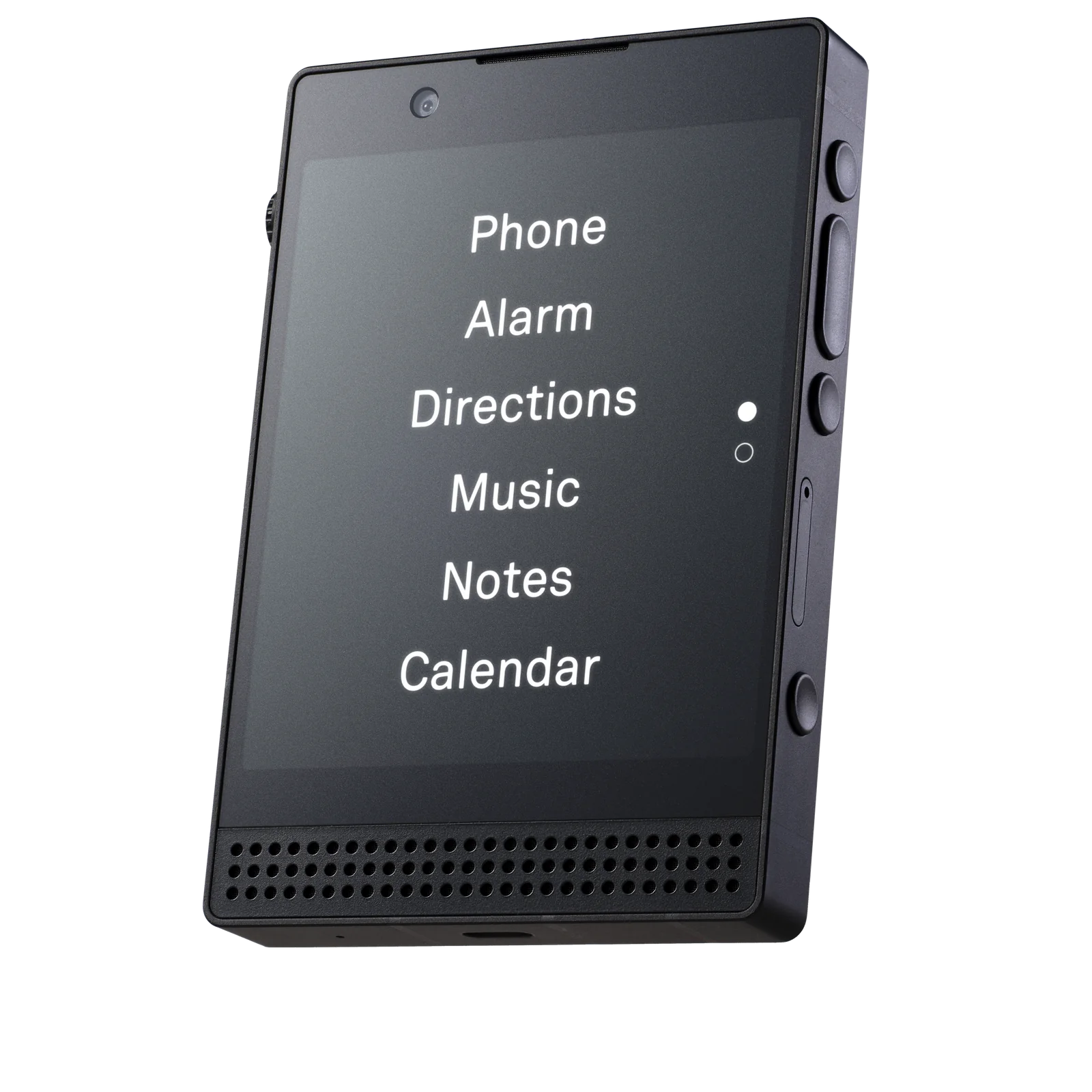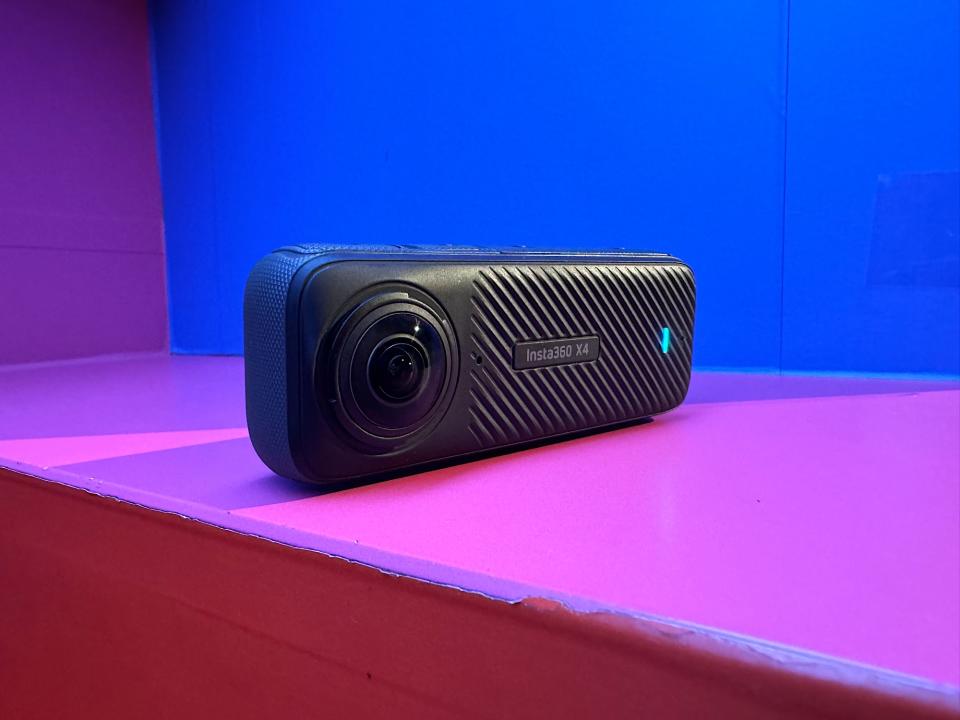Motorola Razr 2025 Line: The Ultra, Plus, and Base Models Evaluated

Motorola has introduced its 2025 foldable lineup, featuring three distinct models: the flagship Razr 60 Ultra, positioned at $1,300, alongside updated versions of the $1,000 Razr Plus and the $700 base Razr. This refreshed series aims to bring notable advancements, particularly in design, performance, and integrated AI features, offering a range of options within the foldable segment.
Design and Displays

The design language across the 2025 Razr line emphasizes a premium feel and improved durability. All three models benefit from a new titanium-reinforced hinge, claimed to be significantly stronger than previous versions and designed to minimize the screen crease when unfolded. This results in a hinge that feels sturdy and maintains stability at various angles, with the crease reported as very subtle, almost unnoticeable in typical use. The phones carry an IP48 rating, indicating water resistance (submersible up to 1.5m for 30 minutes) and protection against large particles, though they are not fully sealed against fine dust, a common challenge for current foldable designs.
Display sizes vary across the lineup. The Razr Ultra features an expansive 7-inch P-OLED internal display, while the Razr Plus and base Razr utilize a slightly smaller 6.9-inch P-OLED panel. The Ultra’s internal display is notably sharper at 1224p resolution (compared to 1080p on previous models) and brighter, reaching a peak brightness of up to 4500 nits. Both the internal and cover screens on the Ultra offer a high adaptive refresh rate of up to 165Hz, contributing to smooth visuals.
The cover screen is a key differentiator. The Razr Ultra and Razr Plus both feature a large 4-inch P-OLED cover display, offering significant functionality for running apps, widgets, and viewing notifications without unfolding the device. This large external screen is noted as a major advantage for usability compared to competitors with smaller cover displays. The base Razr, however, retains a smaller 3.6-inch cover screen. The Ultra’s 4-inch cover screen, while highly functional, has an almost square aspect ratio that one reviewer felt made some content display challenging, suggesting a slightly taller ratio might be preferred.

Material options add a touch of style to the lineup. The Razr Ultra is available in premium finishes like real wood (Pantone Mountain Trail) and Alcantara fabric (Pantone Scarab), described as soft, velvety, and enhancing the in-hand feel, although the Alcantara may attract dust. Other colors include Rio Red and Cabaret. Packaging for the Ultra even includes a scented box, highlighting attention to detail.
Performance and Specifications

Performance sees a significant jump in the Razr Ultra, powered by the Snapdragon 8 Elite chipset – described as a top-tier “specs monster.” Coupled with 16GB of RAM and storage options up to 1TB, the Ultra delivers robust performance capable of smoothly running demanding games, outperforming competitors in benchmarks and maintaining high frame rates where previous flip phones might have throttled. The Razr Plus reportedly reuses its 2024 processor, while the base Razr moves to a slightly newer MediaTek chip, benefiting from the shared design and hinge improvements.
The Razr Ultra is equipped with a larger 4700 mAh battery, a substantial upgrade over previous models, leading to improved battery life capable of lasting a full day for typical usage patterns. Charging is fast, with 68W TurboPower wired charging supporting a rapid charge to 80% in approximately 30 minutes and a full charge in 43 minutes. Wireless charging is also supported at a fast 30W, along with 5W reverse wireless charging. However, the device lacks Qi2 or MagSafe magnet compatibility.
Cameras

The Razr Ultra features a triple 50-megapixel camera system, encompassing a 50MP main wide lens, a 50MP ultrawide that also functions as a macro camera, and a 50MP internal selfie camera. Notably, the ultrawide replaces the 2x portrait lens found on the previous model. The external cameras are highlighted as providing the best quality for selfies, easily accessible via a shake gesture. Video capabilities include recording up to 8K resolution at 30fps (main camera) and 4K at 120fps for slow motion (main camera), with 4K 60fps also available on the internal selfie camera. The system supports Dolby Vision recording in 4K. Initial image quality reviews suggest the cameras are “pretty good” and “get the job done,” delivering results “very similar” to competing flagship flip phones, though some observations note shadows can be “lifted a bit too bright,” and low light video performance is not a strong point.
Software and AI

The phones run a near-stock version of Android with Motorola’s typical suite of gestures and the Moto app for personalization. A major focus for the 2025 line is the expanded Moto AI, featuring partnerships with prominent AI models including Perplexity, Meta’s Llama AI, Microsoft Copilot, and Google Gemini. These partnerships enable a range of features accessible via a dedicated AI button on the Razr Ultra (Ultra only) or by looking and speaking at the phone. Features include summarizing notifications (Llama AI), research assistance (Perplexity), general queries (Copilot/Gemini), saving screenshots/voice notes with AI summaries in a new Motorola Journal app, and an AI image generator called Magic Canvas (lacking the ability to process user-provided images). While the AI button’s lack of full customizability was noted as a potential point of controversy, the suite of AI features represents a significant push.
A critical point of consideration, however, is Motorola’s software update policy. The company has stated the 2025 Razr phones, including the $1,300 Ultra, will receive 3 years of OS updates and 4 years of security updates. This falls short compared to competing devices in a similar price bracket that offer up to 7 years of support, an “elephant in the room” for potential buyers.
Conclusion
The Motorola Razr 2025 lineup, particularly the Razr Ultra, appears to be a strong contender in the foldable space. It brings significant hardware upgrades in performance, battery life, charging speed, and hinge design. The large, functional cover screen is a key advantage, and the range of material finishes adds aesthetic appeal. While the software update policy is a notable drawback and the AI features’ long-term utility remains to be seen, the combination of powerful specifications, refined design, and enhanced functionality positions the Razr Ultra as a compelling option that pushes the capabilities of the flip phone form factor forward.



